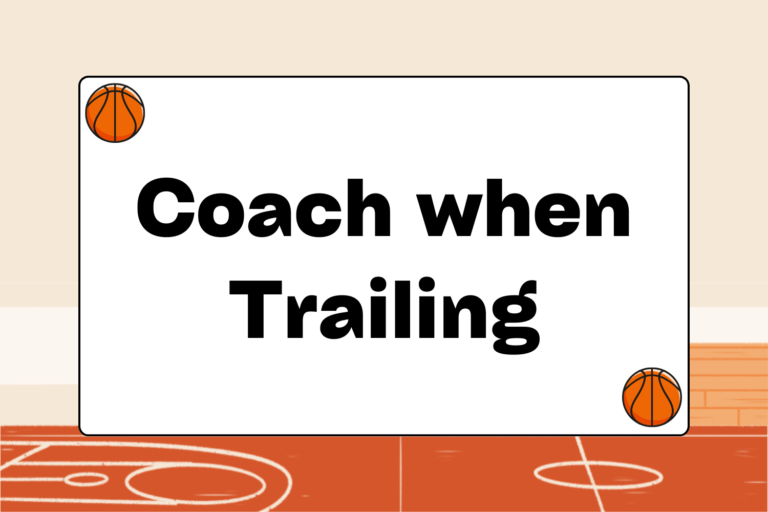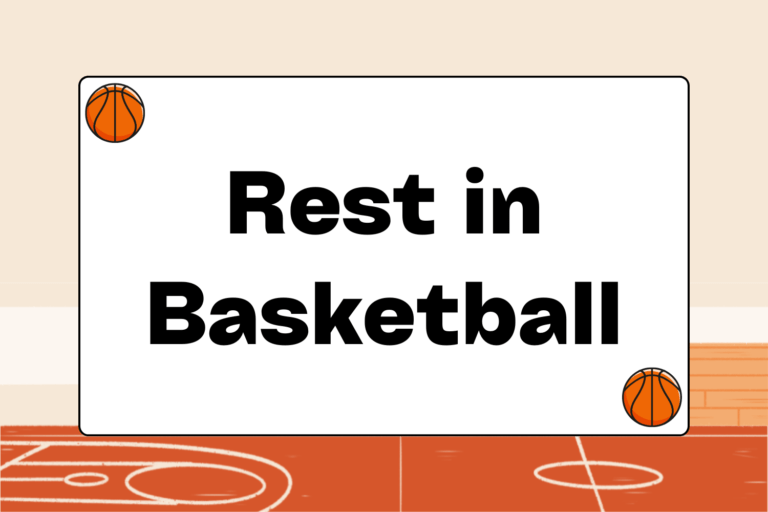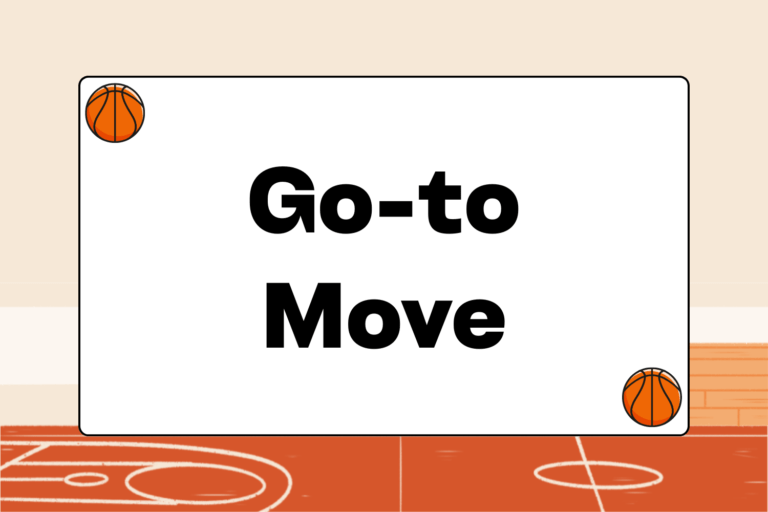Tough man defense is the great equalizer in basketball, and it’s mostly a product of hustle, desire, and awareness. While offensive prowess can take years to master, the fundamentals of a tough man defense take much less time to develop. This guide covers the basics of playing tough man defense and demonstrates the quickest way to make a good team great.
The Man-to-man Mindset
“Your defense will save you on the nights your offense isn’t working.”
Adolph Rupp
Hall-of-Fame NCAA Coach
A tough man defense has three primary goals:
- Force teams into taking contested outside shots.
- Eliminate all easy scoring chances.
- Get every defensive player working together.
The key to all of these goals is to want the ball more than the other guy. Solid man-to-man defenders want to work on it in practice, and commit themselves to fighting for the ball on every possession. Coaches who can motivate players to have this fight-for-everything mindset are most successful at developing a tough man defense.
At the heart of this mindset is the desire to stop the opposing team’s best offensive players in a one-on-one situation. There’s no perfect drill for this. Players should be encouraged to win one-on-one battles in practice, in scrimmages, and in games. Coaches can do this by withholding their greatest encouragements and rewards for defensive prowess.
Pressure on the Ball
Ball pressure is the foundation of tough man defense. When the ball is defended rigorously, accurate passes become difficult and turnovers are more common. Pressure starts with a solid defensive position:
- Weight on the balls of the feet.
- Feet are shoulder-width apart.
- Arms are extended with palms up and elbows bent.
- Eyes are on the ball-handler’s midsection (not his feet or the ball).
- Nose is below the nose of the ball-handler.
Aggressive defenders overplay the ball-handler’s strengths by dropping a foot in the opposite direction. Defenders also want to overplay toward the sideline and baseline, where a ball-handler can be more easily trapped.
Help and Close-out
Help defense is essential in the man look because it discourages dribble penetration and takes advantage of quick feet and active hands. The best helpers are one-pass-away defenders who pay attention to both their man and the ball-handler by cheating a step or two toward the ball and denying penetration.
Help defense is also important for the two-passes-away defender, who can sag into the paint to discourage penetration or the entry pass. A pass to the opposite wing will lead a two-passes-away defender to put one foot in the lane, while keeping an eye on the ball and the man. Again, close-out defense is imperative if the ball is passed cross-court to the defender’s man.
Guard the Paint
The best man defenses make sure all defenders stay between their man and the ball, and emphasize guarding the lane. They allow the perimeter pass and deny the entry pass. They also collapse into the paint when the ball is there, and close out quickly when the ball is passed or dribbled out of the paint.
Traditional basketball defense suggests that it’s the post defenders’ duty to guard the lane. In fact, the entire defense must defend the paint. Two ways to do this stand out:
- Denying the entry pass with quick feet and arms raised.
- Providing on-ball help to deny dribble penetration.
The best way to execute both strategies is to make the strategic decision to allow perimeter passing, but deny entry passing lanes. Coaches have the choice of working to deny all passes, or to deny the entry pass and provide on-ball help. Aggressive man defense that denies all passes can be difficult for offenses to handle, but it also is vulnerable to being exposed by players who both pass and move without the ball well.
A few core concepts of a tough man defense are:
- Every defender should see both the man and the ball always.
- Deny all entry passes.
- Be close enough to help when the ball enters the lane.
- Be close enough to the offensive assignment in case he receives the ball.
- Take the ball if there’s no closer defensive player.
Mental Edge
Players should be taught to move instantly when the pass is made, rather than when the pass is caught. Moving when the pass is made gives the defense the extra second needed to recover quickly. Oddly enough, most defenders wait until a man has caught a pass before adjusting.
Study the Opponent
Most players are more likely to take the defensive assignment seriously if they know their match-up in advance. Coaches shouldn’t shy away from telling their players who they’ll guard, and even showing a little game tape so that players can get familiar with the opponent’s game.
A coach knows his team has the right defensive mindset when the players embrace knowing who the defensive assignment is, and even work with teammates who can simulate the moves and all-around game of the match-up player. This is a winning attitude that leads to success on the floor.





